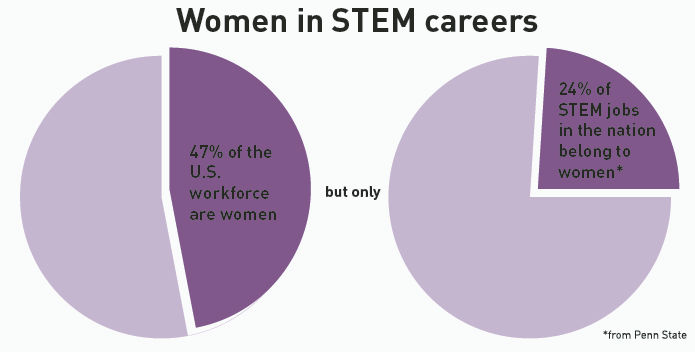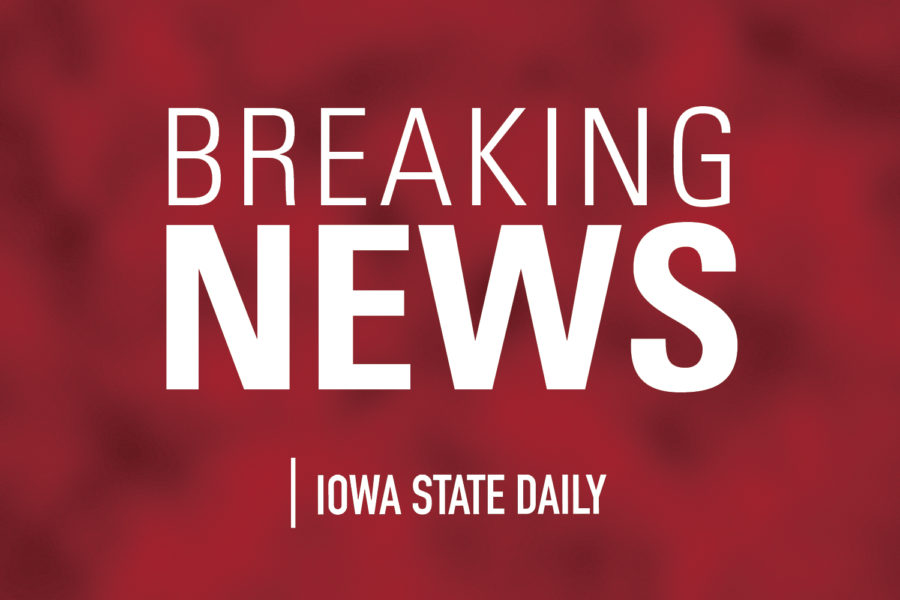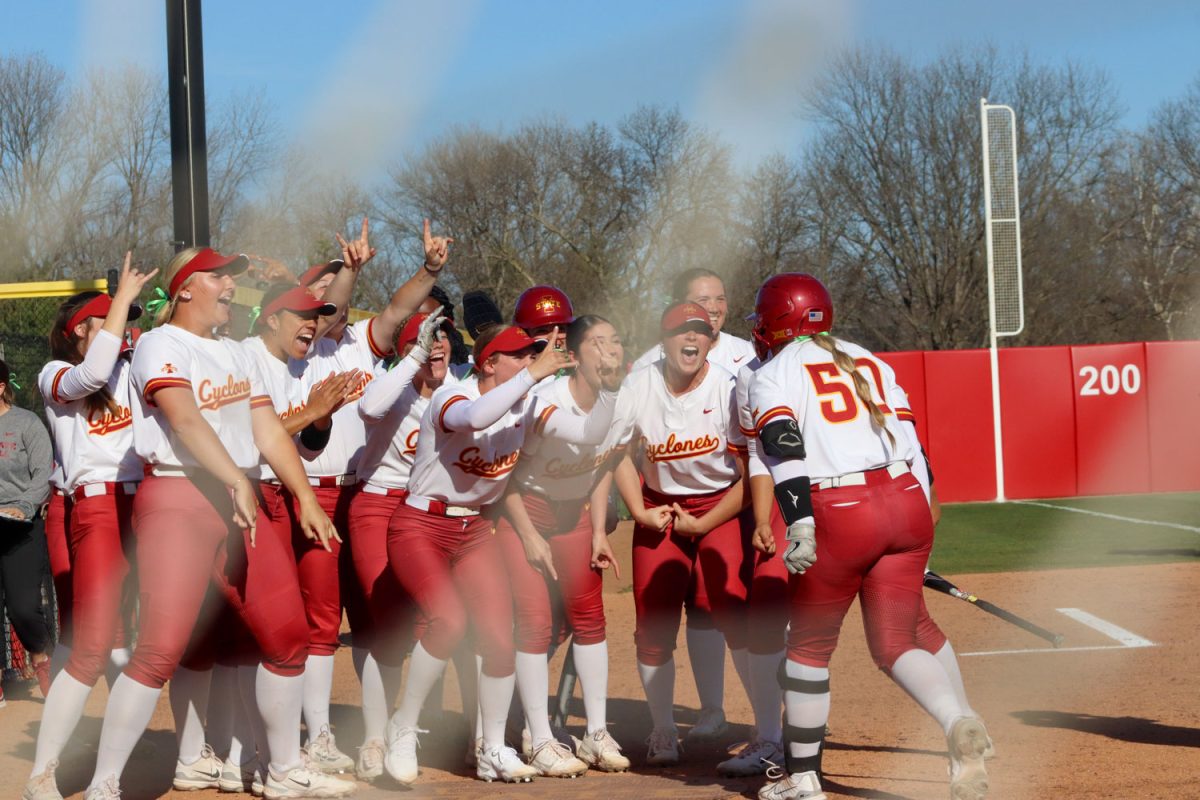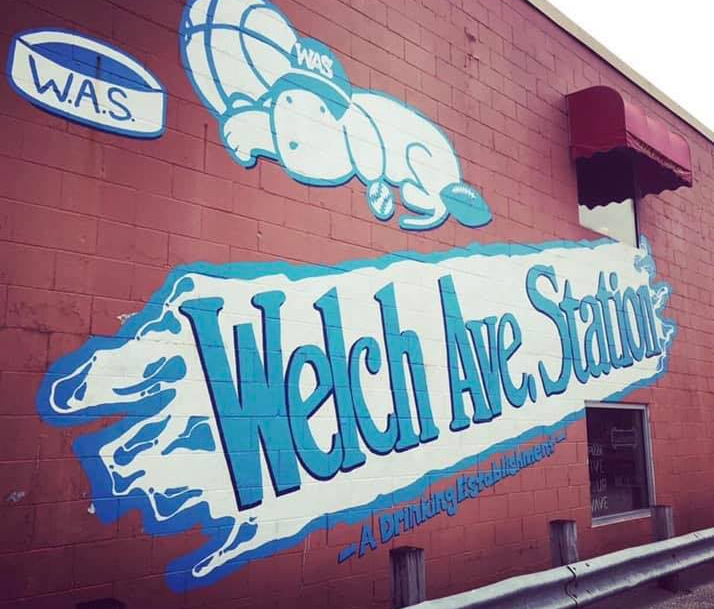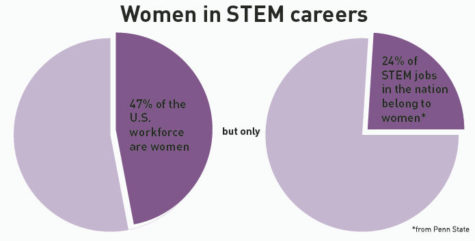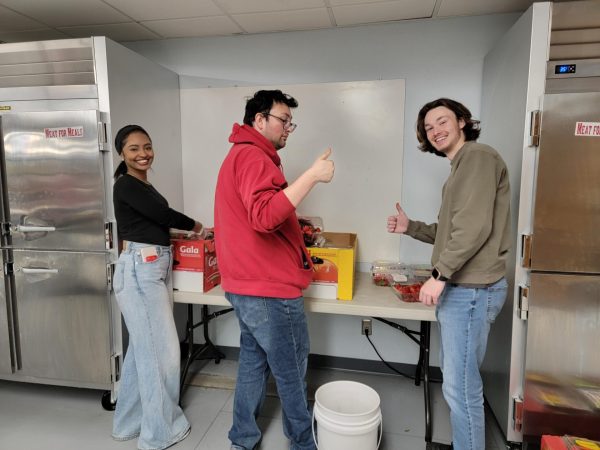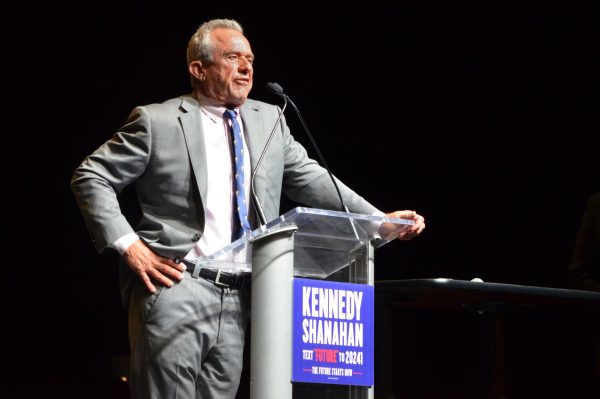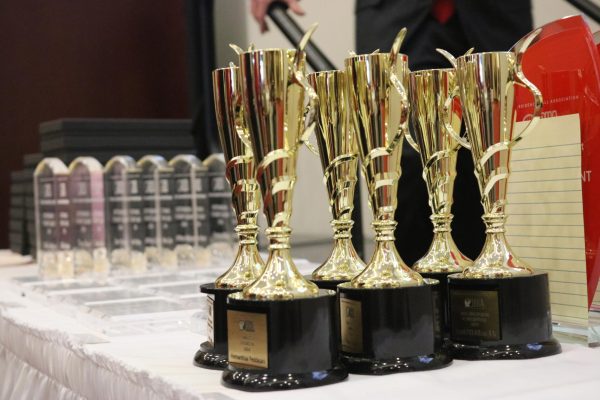Carolyn Hoskinson makes first appearance in Iowa, speaks out about underground leakage
November 19, 2013
To drivers a gas station is a place where cars get refueled, but to environmentalists it is a place which can cause environmental damage without warning.
Carolyn Hoskinson, director of the Office of Underground Storage Tanks for the U.S. Environmental Protection Agency [EPA] in Washington D.C., spoke to nearly a dozen students Monday Nov. 18 and discussed the importance of underground leakage.
The students are in Environmental Sciences 202x with instructor Hannah Julich. In this course, students are introduced to current environmental issues and sustainability, as well as an introduction to potential career paths.
Monday Nov. 18 marked Hoskinson’s first visit to Iowa. William Miner, environmental health and safety specialist at Iowa State, explained the importance of Hoskinson’s visit to Iowa and especially Iowa State.
“It is the first time that anyone from this office [EPA] has visited Iowa,” Miner said, “I think it is an opportunity to showcase all the good things we are doing here in the state.”
According to Miner, Hoskinson met with faculty and students about a new service station that is being built using the newest leak protection and environmental safety precautions.
Hoskinson said that the EPA started as a state program and now writes national regulations. The EPA has 16,000 employees, 10,000 based in regional offices and 6,000 based in Washington D.C..
Hoskinson stated that she is the youngest EPA director, which she found can be a challenge when she tries to get citizens to listen to her and believe what she is saying.
Hoskinson works with all fifty states, including the Native American territories.
Hoskinson believes the saying from the Native Americans in which she works with, “the seven-generation impact,” should be implemented in all decision making in a holistic manner.
“For example, when we are talking about farming, what are we doing to the farmland for the next years worth of crops that we are trying to put in place,” Hoskinson said. “If the nation did a better job of truly looking at the life cycle decisions that we are making we would be making much smarter choices.”
Hoskinson informed students about what someone in the EPA would look for on a resume of a future employee.
“I would say number one … learn how to communicate well, orally and in writing. That is what I look for first and foremost in a resume,” Hoskinson said.
Hoskinson found data on Google Maps which indicated 80 percent of the water Iowans drink is groundwater, which could be contaminated with carcinogens and other viruses.
Hoskinson said two ways Iowans can be protected from carcinogens and viruses is by checking the water and getting information from the local utilities company.
“You should be able to get information from your utility of what is in your water and those reports should be publicly available,” Hoskinson said, “…it would be nice to know what you are bathing in and cooking with.”
Hoskinson said the importance of being a good communicator will help employees relate to the general public. Hoskinson said it is important for the communicator to understand what it is he or she is trying to communicate. Hoskinson used the explanation of her own title to define this theory.
“I regulate gas stations, and I try to make them not leak and when they do leak,” Hoskinson said. “I clean them up.”
Miner said this visit was a two-way learning opportunity.
“We found out how her office works and the EPA and how they do rule making the regulator versus the regulated,” Miner said. “Then she is going to be able to take away information by seeing all the different sites here.”

